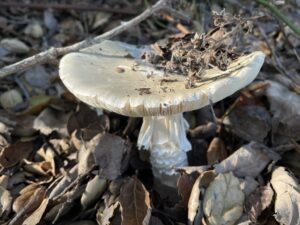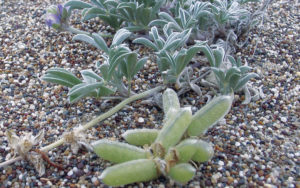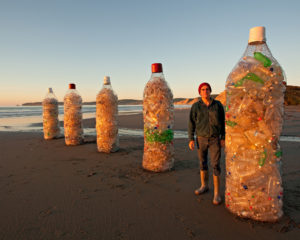Three days after the Indian–I’ll call him Fidel–avenged the assault on his wife and slayed the young rancher who’d committed the horrible deed, the posse of vigilantes pursuing him found him, not near the small settlement of Marshall, but across Tomales Bay on a ridge; and not in a thicket of coyote bush and low-growing fir where he might’ve hidden, but in the middle of an open grassland. Seemingly oblivious to the sound of approaching horses, he was standing, taking in the view, continuing to look over his shoulder to the expansive Pacific and then back across the bay to the eastern hills from which he’d come. Even when the men shouted threats, dismounted, and aimed their bayonet-clad rifles at him, he did not waver. He didn’t look as if he’d been running for days; his clothes on that fogless morning were clean and he wore a brightly colored shirt, perhaps white or scarlet, creating the impression, along with his indifference to their approach, that he actually wanted to be found, to surrender.
They continued to bark orders, bayonets jutting from their rifles only feet from him, and all he did then was drop his gaze to the grass where he’d been standing, back to the open prairie, his head twisted around, even as they marched him, shackled, down to the boat that would carry him across the water to Marshall.
I was 12 or thereabouts when I first heard about Fidel. A friend’s mother, I believe a descendant of Fidel, told the story. Like many Coast Miwok from Tomales Bay, my friend’s mother had moved north to Santa Rosa a couple decades before, shortly after World War II, looking for work, and she reminisced often about “the old days in Marshall” with her sisters–and for any kids who sat at her kitchen table and listened.
I never liked the story. I found it moralizing, admonishing–for this man Fidel had great powers, including the ability to shape-shift into a hummingbird, which would have allowed him to escape his captors, had he not broken the tacitly understood rule against murder associated with these powers. After decades of dislocation and abuse (this story took place in the late 1860s or early 1870s), to find your wife gagged and tied under the thrall of a white man and not do anything–or to get punished for seeking justice–just didn’t seem fair. But, probably like others listening in, I subliminated the part of the story I didn’t like and focused instead on Fidel’s revenge, how he survived. “If you go to Marshall on a night when there is no fog,” my friend’s mother said, “you can sometimes see on that treeless ridge across the water an enormous green light.”
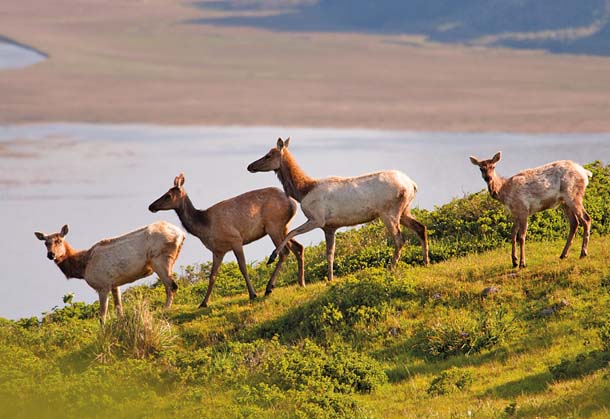
For Coast Miwok people, like all indigenous peoples of central California, the landscape was nothing less than a richly layered text, a sacred book; each ocean cove, even the smallest seemingly unassuming rock, or tract of open grassland–each feature of the natural world a mnemonic peg on which individuals could see a story connected to other stories and thus know and find themselves home. Villages, indeed entire nations, were not only associated with particular locales but actually named after them. Hence, the tribal nation that occupied most of the territory encompassing Point Reyes National Seashore called itself Olema, Coyote’s Home. A large village overlooking Drakes Bay was Pusuluma, Olivella Shell Ridge; and the open grassland ridge and shoreline just north of Laird’s Landing on Tomales Bay, where vigilantes found Fidel on that fogless summer morning, was Calupetamal, Hummingbird Coast.
By the late 1860s, the landscape of the region had been greatly transformed, much of the homescape trampled, unreadable. The fir forests were logged, the waterways dammed or dredged, the herds of elk and pronghorn all but gone. Overgrazing and foreign seed in the dung of the cattle and horses combined to unsettle the grasslands, replacing the deep-rooted perennial bunchgrasses and sedges with exotic annuals like European oat grass. European settlement thus spelled dis-settlement; and for the Native the dis-settlement was both personal and historic, psychological and environmental.

Members of the Olema nation, and the Guaulen just south of the Olema, were among the first Coast Miwok to be taken into the missions, specifically into Mission Dolores in San Francisco, as early as 1818. Many survivors of the missions and the subsequent Mexican rancho period ended up on a tract of land near present-day Nicasio. When these survivors were booted out of Nicasio by Americans in the early 1860s, many went west to Tomales Bay and settled along the shore. Today, no known Coast Miwok trace their ancestry back to an Olema village; most of the mission survivors originated from eastern locales, and many were descendants of intermarriage with Spanish or Mexicans. Yet stories of the place remained; perhaps some Olema survivors had returned–even led others–to the region. And, in the old tradition, the survivors rooted themselves to a place and called themselves Tomales Bay Indians.
I saw the green light. On one of those many trips from Santa Rosa to Marshall in the middle of the night, a dozen of us packed into a car or onto a truck bed, didn’t I see the ball of green light atop the ridge across the water? “I see it,” someone always said. Maybe I didn’t see it, only know it in my imagination. The shape of the grassland ridge that rises above the bay was there, visible even in the dark night. And it is there today, the open prairie of Tomales Point, bordered by brush and sparse live oak, not unlike the grasslands elsewhere along the seashore. I’ve made several trips to this place in recent years, stood in the grass and taken in the views. Tule elk have been reintroduced to this place. But where they once roamed freely, now they are contained by fences maintained for local dairy ranchers; more black-and-white Holsteins dot the peninsula’s grasslands than elk. Always the man Fidel rises up from the grass, visible before me, bright shirt, his demeanor resolved, and I am set to wonder about him, though now it’s not the green light or the drama of his last days that intrigues me, but the question regarding this place–why he stopped in the open, as if his only reason for fleeing the law was to come to this particular spot.
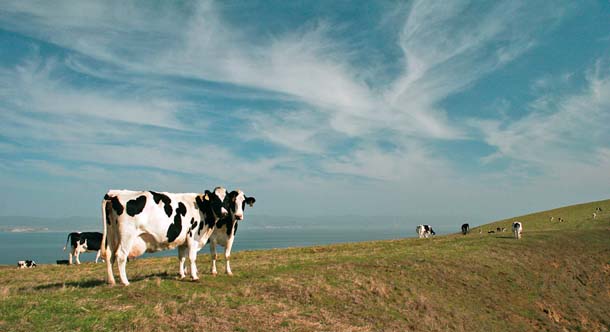
The grasslands were always a safe haven; not only for herds of elk and pronghorn to graze, and for us to hunt, but also as refuge from the grizzlies less visible in the forests, behind brush. Villages were always located adjacent to grasslands. In fact, controlled burning of the grasslands kept brush and encroaching trees in check. After European settlement, when Natives were forbidden to burn, much of the grassland was taken over by coyote bush and Douglas fir.
Fidel, though, wasn’t hiding. What safety, then, in the open space? He could’ve run south from Marshall, not turned northward below the bay and run out onto the narrowing peninsula between ocean and bay where he would be trapped eventually. Did he simply want to go where he had views? Was there something in the place concerning his totem hummingbird that he had to reconcile before his death? Or was it a memory, certainly of his wife, the strength and delicacy of her fingers as she held a basket and seed beater while collecting seed for pinole, and, as she went along there, how the hem of her dress caught and lifted atop the grass stalk?
Then Fidel is laughing at me. For, once again, frustrated by my pondering, I follow him across the water to the hanging noose, to the scaffold on which he stands, the mob below, jeering American settlers, somber Indians in the distance, and at last I understand something. It is the grassland itself, the safety it gives in memory. There is the space, yes, on which memory paints its lore. But it is in the grasses too–perennials, annuals, roots; grasses that reveal the shape of the land from time immemorial, and continue rise up there again and again. The prairie, so empty, so full. Is that what Fidel sought–that understanding in the grass?
He is gone, the scaffold empty; and there on that grassland ridge, a light in the brain, he stands, laughing. “What more?” he says. “You told the story.”
“Crowning Glories” was produced in collaboration with: Point Reyes National Seashore Association (PRNSA) is the primary nonprofit partner of the National Park Service at Point Reyes. PRNSA mobilizes community support for resource preservation projects within the park and provides environmental education programs that help people explore, discover, and connect with the natural world (ptreyes.org). National Park Service/Point Reyes National Seashore manages and provides public access to 90,000 acres of national park lands on and around the Point Reyes peninsula (nps.gov/pore). Funding for “Crowning Glories” was provided by the Point Reyes National Seashore Association and the JiJi Foundation, which supports conservation, research, and science education on environmental issues in California and Baja California.


